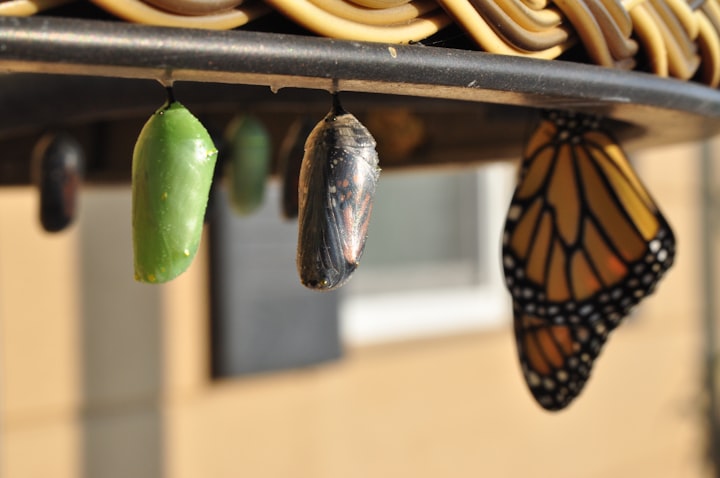Author Discusses African American Cemeteries in Westchester
Cemeteries Bring to Life Lost Westchester History

Photo by Patrick Feller
You cannot travel very far in Westchester without coming across a burial site that dates back well beyond our current century. Each stone containing a hidden history, author Patrick Raftery of the Westchester Historical Society has written three volumes on the subject. “I think through burial practices, you learn a lot about people and the situations they faced,” said the author of The Cemeteries of Westchester County.
Easy to forget, most New Yorkers don’t particularly associate our home with slavery and segregation. But the peculiar institution wasn’t abolished until 1827 and equal consideration afterwards was far from the norm. “Both of them definitely did exist,” said Raftery, and cemeteries provide the most concrete proof.
Prior to New York abolition, a resting place for slaves finally untied the dead from the land. However, a place beneath that acreage was only reserved if the owner set aside burial plots. “Generally, slaves were buried in a potter’s field environment,” the author revealed, and those have largely been lost to their anonymity.
After abolition, death still carried indignity for African Americans and followed the times. “It’s interesting to see how these burial processes evolved. First, there were slave burial sites and afterwards cemeteries became segregated,” said Raftery.
The documentation clearly bears this out. “Cemetery deeds specified that black people couldn’t be buried there, and so you realize why these segregated burial grounds were established,” he said.
In the case of St Paul’s Church in Mt. Vernon and other locations, a section was reserved for African Americans. But Westchester certainly had people who realized that their home wasn’t living up to the ideals of our society. “There are two cemeteries that are donated – one in New Rochelle and the other in Rye,” Raftery said.
The New Rochelle cemetery established by a Quaker, their tradition calls for a very basic remembrance. “For the most part, the sites are marked by simple rocks,” he said.
That obviously upped the ante in terms of identifying these particular families, but it was a process no matter where he looked. “I had to get a good deal of information to figure out who these families were, what their background was, and so that involved going through wads of census and genealogy records,” said Raftery.
The Quakers also played a part in remembering African Americans in death by giving them the gift of life. Many freeing their slaves in the late 1700s, Quakers set up families in an isolated section of Harrison to give them cover from the prejudice that was all around. “They had a church and the Stone Hill Cemetery still stands,” imformed Raftery.
Otherwise, there is only one African American family plot he knows of, which is located in New Castle. On the other hand, the 20th Century did eventually make cemeteries available to all. “The idea of segregated cemeteries faded away, and so did the idea of taking care of them,” Raftery said.
Fortunately, there has been a concerted effort in recent years to resurrect these old cemeteries - their meaning reconfigured in the process. “They went from being symbols of segregation to symbols of people’s ancestors, and their perseverance through tough times,” he asserted
An important reason he believes his study is worth a look, but it’s not the only one. Typically thinking the African American experience began with the great migrations after the Civil War, he counters, “There definitely was an African American presence going back to the earliest settlements in Westchester.”
A foundation we should all take interest and pride in remembering.
Author can be reached at rmonetti.com
Please Like My Page on Facebook
About the Creator
Rich Monetti
I am, I write.






Comments
There are no comments for this story
Be the first to respond and start the conversation.